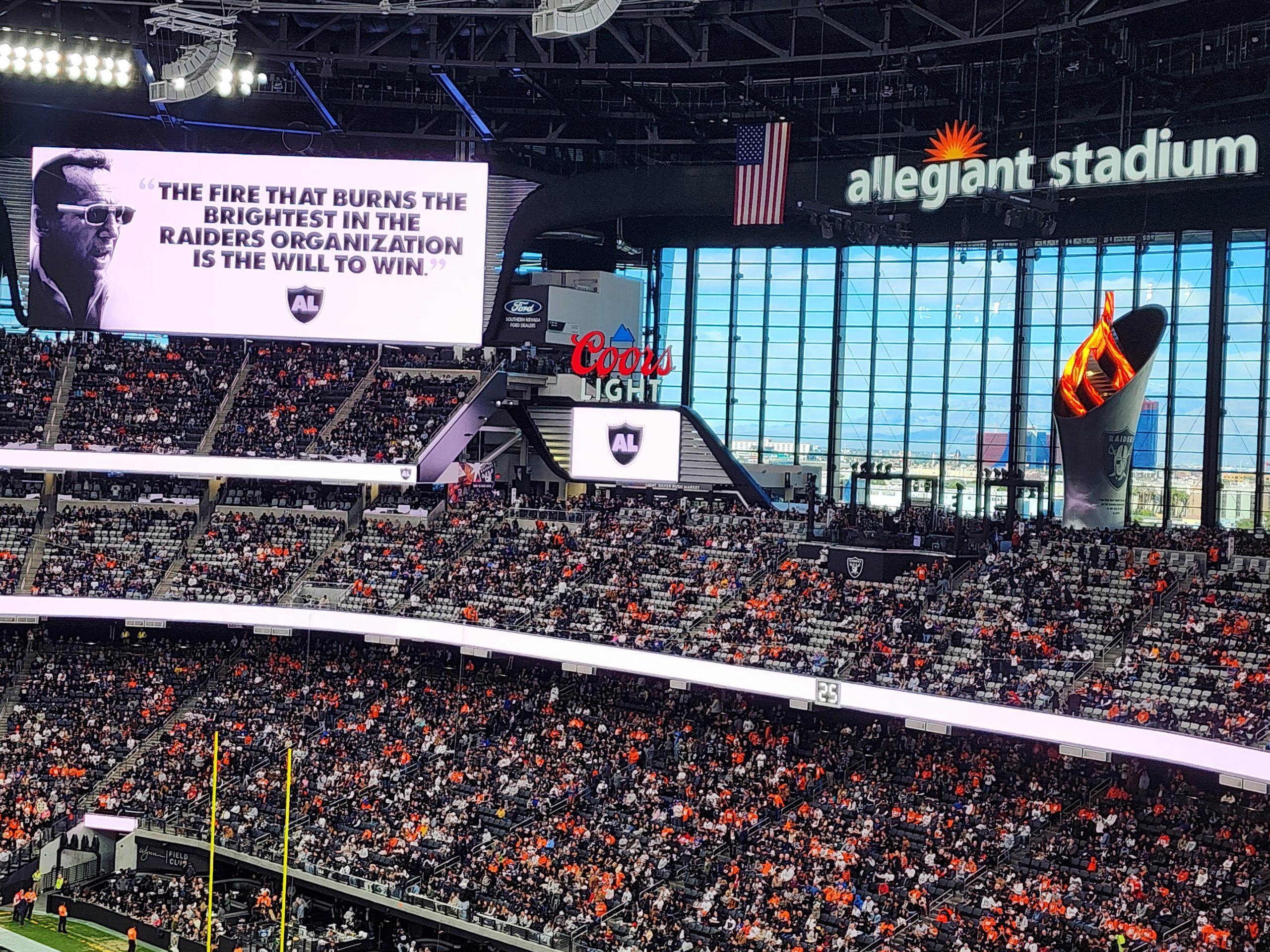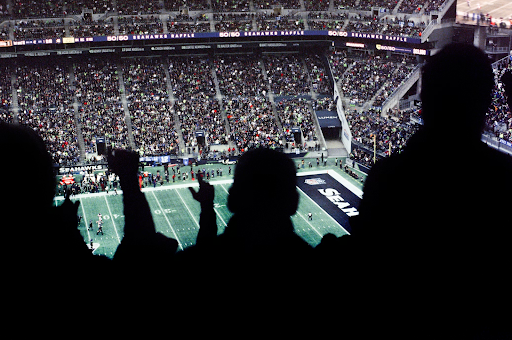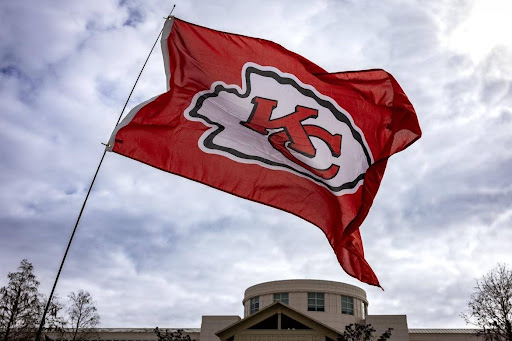When we look back at the origins of fantasy football, we travel to Oakland, California, in the 1960s. During that time, a group of football fans came together to create what we now know as fantasy football. Oakland might seem like an unlikely home for the creation of this type of pastime, but the city has always had a strong NFL fanbase, thanks to the Oakland Raiders of that era. Running a fantasy football league wasn't easy back then.
In fact, it required a lot of work, so much so it was almost like a second job. Participants had to scour newspapers and manually track stats based on the box scores that were listed. However, the internet would change all of that, and by the late 1990s, fantasy football had undergone a significant makeover. Today, it's a multi-billion-dollar industry with millions of fans participating in fantasy football leagues. Keep reading to learn some of the ways fantasy football reshaped how football enthusiasts engage with the NFL.
From Niche Hobby to Mainstream Phenomenon
Fantasy football got its start back in 1962 as the Greater Oakland Professional Pigskin Prognosticators League. Looking at that name, it might be hard to imagine that it had anything to do with fantasy football, but indeed, it did. At first, the group only attracted diehard football fans who didn't mind manually poring over and calculating player stats. It was a time-consuming process that limited the league's reach to only the most dedicated hobbyists. However, all of that began to change in the 1990s as the internet went mainstream. Online platforms automated tracking player stats, making it easier for casual fans to get involved.
We have seen something similar in the world of sports betting, with the internet making it accessible to people from all walks of life. With the new football season underway, NFL betting has become a way for fans to actively participate in the sport beyond just watching games. Just like with fantasy football, they can visit platforms to learn about the odds of their favorite players and teams winning and place bets on various aspects of the game. This convenience has made betting and fantasy football more accessible. In fantasy football, fans can access stats and manage teams from their smartphones. Today, fantasy football has become a huge industry and an important part of the NFL's fan engagement strategy.

Enhancing Fan Engagement
Sports leagues are always looking for ways to get fans more engaged and keep them that way. In many ways, fantasy football has done this for the NFL. Fans often focus solely on their favorite teams, but when they participate in fantasy football, their interests expand to games and players across the league. As a result, these fans watch more games, which increases league viewership.
Fantasy football has also changed the dame day experience, with fans using platforms like NFL RedZone to keep track of multiple games in real time. Casual NFL viewers become more active fans when they participate in fantasy football leagues or create leagues of their own because it gives them a deeper connection to the sport.
Economic Impact on the NFL
Fantasy football has opened up another revenue stream for the league. Beyond fans spending money on league fees, merchandise, and media subscriptions, fantasy football has created opportunities for advertising and sponsorships. If you tune into a football game, you might notice that the network you're watching has dedicated parts of its broadcast to fantasy players; the NFL has also partnered with fantasy platforms to bring exclusive content to fans.
Teams like the Baltimore Ravens are taking advantage of the interest in fantasy sports by hosting unique experiences, including things like fantasy football draft parties in luxury suites. All of these initiatives are what have made fantasy football a multi-billion-dollar industry that has successfully generated significant profits for the NFL and its franchises.




